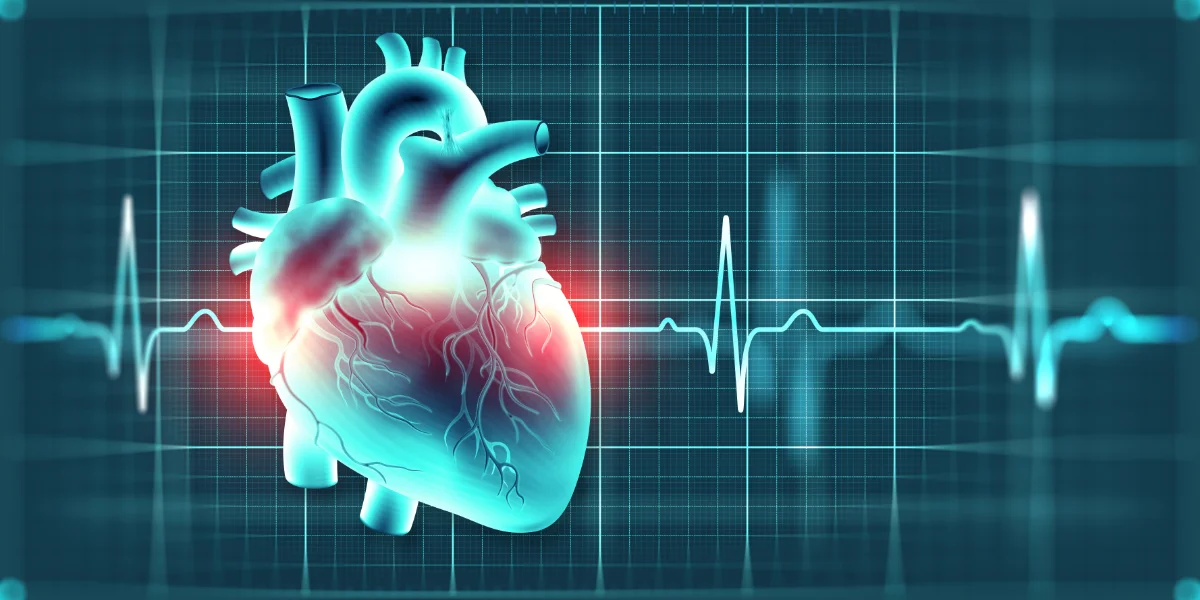Electrocardiogram (ECG) monitors are indispensable tools in modern healthcare, providing valuable insights into the electrical activity of the heart. By recording and analyzing the heart’s electrical signals, ECG monitors help diagnose various cardiac conditions, guide treatment decisions, and monitor the effectiveness of therapy. In this article, we’ll delve into the world of ECG monitors, exploring how they work, the information they provide, and their significance in patient care.
Understanding Electrocardiography (ECG)
Electrocardiography, or ECG, is a non-invasive procedure used to record the electrical activity of the heart over a period of time. The ECG tracing, also known as an electrocardiogram, displays the heart’s electrical impulses as waves and complexes on a graph.
The standard ECG tracing consists of several waves and intervals, each representing a specific phase of the cardiac cycle:
- P Wave: Represents atrial depolarization, or the contraction of the atria.
- QRS Complex: Represents ventricular depolarization, or the contraction of the ventricles.
- T Wave: Represents ventricular repolarization, or the recovery of the ventricles following contraction.
- PR Interval: Represents the time it takes for the electrical impulse to travel from the atria to the ventricles.
- QT Interval: Represents the time it takes for the ventricles to depolarize and repolarize.
How ECG Monitors Work
ECG monitors consist of electrodes, leads, and a monitor or display screen. The electrodes are placed on the patient’s chest, limbs, or torso, and they detect the electrical signals generated by the heart. These signals are transmitted through the leads to the monitor, where they are displayed as a series of waves and complexes.
The placement of the electrodes and leads determines the type of ECG tracing obtained. The standard 12-lead ECG, for example, consists of 10 electrodes placed on the patient’s chest, arms, and legs, which provide information about the heart’s electrical activity from different angles.
The monitor displays the ECG tracing in real-time, allowing healthcare providers to assess the rhythm and rate of the heart and identify any abnormalities. In addition to real-time monitoring, ECG monitors can also record and store ECG tracings for later analysis and interpretation.
Types of ECG Monitors
There are several types of ECG monitors, each designed for specific clinical settings and applications:
- Resting ECG Monitors: Resting ECG monitors are used to record the heart’s electrical activity while the patient is at rest. These monitors are commonly used in outpatient clinics, physician offices, and hospitals for routine screening, diagnostic testing, and monitoring of patients with known or suspected cardiac conditions.
- Ambulatory ECG Monitors: Ambulatory ECG monitors, also known as Holter monitors or event monitors, are portable devices that allow for continuous ECG monitoring over an extended period, typically 24 to 48 hours or longer. These monitors are used to detect and record cardiac arrhythmias and other intermittent electrical abnormalities that may not be captured during a standard resting ECG.
- Telemetry ECG Monitors: Telemetry ECG monitors are used to monitor patients’ ECG tracings continuously in hospital settings, such as intensive care units (ICUs), cardiac care units (CCUs), and step-down units. These monitors provide real-time data on the patient’s heart rhythm and rate and can alert healthcare providers to changes or abnormalities that require immediate attention.
- Portable ECG Monitors: Portable ECG monitors are small, handheld devices that allow for on-the-go ECG monitoring in various clinical settings. These monitors are often used in emergency departments, ambulances, and outpatient clinics to quickly assess patients’ cardiac status and triage them accordingly.
Clinical Applications of ECG Monitoring
ECG monitoring has numerous clinical applications across various medical specialties, including:
- Cardiology: ECG monitoring is essential for diagnosing and managing various cardiac conditions, including arrhythmias, myocardial infarction (heart attack), heart failure, and conduction abnormalities.
- Emergency Medicine: In the emergency department, ECG monitoring is used to assess patients with chest pain, shortness of breath, syncope (fainting), and other symptoms suggestive of cardiac disease.
- Critical Care: In intensive care units (ICUs) and cardiac care units (CCUs), continuous ECG monitoring is used to monitor critically ill patients and detect arrhythmias or other cardiac abnormalities that may require immediate intervention.
- Anesthesiology: ECG monitoring is used during anesthesia to monitor the patient’s cardiac status and ensure the safety and effectiveness of anesthesia administration.
Interpreting ECG Tracings
Interpreting ECG tracings requires a thorough understanding of the normal and abnormal patterns of cardiac electrical activity. Key elements to consider when interpreting an ECG tracing include:
- Heart Rate: The heart rate is determined by calculating the number of QRS complexes (ventricular depolarizations) per minute. The normal heart rate ranges from 60 to 100 beats per minute (bpm) in adults.
- Rhythm: The rhythm of the heart is determined by the regularity and spacing of the QRS complexes. Normal sinus rhythm is characterized by regular, evenly spaced QRS complexes.
- Waveforms and Intervals: The morphology of the P waves, QRS complexes, and T waves, as well as the duration of the PR interval and QT interval, provide valuable information about the heart’s electrical activity and can help identify various cardiac conditions.
- Axis Deviation: Axis deviation refers to the direction in which the electrical impulses travel through the heart. Deviations from the normal axis may indicate conduction abnormalities or structural heart disease.
Conclusion
ECG monitors are essential tools in modern healthcare, providing valuable information about the heart’s electrical activity and helping diagnose and manage various cardiac conditions. By recording and analyzing ECG tracings, these monitors enable healthcare providers to assess the rhythm and rate of the heart, identify abnormalities, and guide treatment decisions. With their ability to monitor patients continuously in real-time, ECG monitors play a crucial role in improving patient outcomes, enhancing the efficiency of healthcare delivery, and ultimately saving lives.

